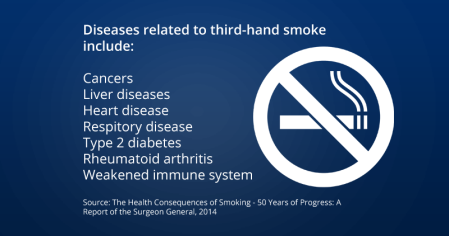After German doctors became the first to identify the link between smoking and lung cancer, Germany initiated a strong anti-tobacco movement and led the first public anti-smoking campaign in modern history. Anti-tobacco movements grew in many nations from the beginning of the 20th century, but these had little success, except in Germany, where the campaign was supported by the government after the Nazis came to power. It was the most powerful anti-smoking movement in the world during the 1930s and early 1940s. The National Socialist leadership condemned smoking and several of them openly criticized tobacco consumption. Research on smoking and its effects on health thrived under Nazi rule and was the most important of its type at that time. It really make you wonder when such a negatively regarded group from the past paid more attention to the dangers of smoking than the general public today.
The Nazi anti-tobacco campaign included banning smoking in trams, buses and city trains, promoting health education, limiting cigarette rations in the Wehrmacht (the Nazi army, organizing medical lectures for soldiers, and raising the tobacco tax. The National Socialists also imposed restrictions on tobacco advertising and smoking in public spaces, and regulated restaurants and coffeehouses.

Some even say that the anti-smoking campaigns way after this one weren’t as successful.
Adolf Hitler was a heavy smoker in his early life himself, he used to smoke 25 to 40 cigarettes daily—but gave up the habit, concluding that it was “a waste of money”. In later years, Hitler viewed smoking as “decadent” and “the wrath of the Red Man against the White Man, vengeance for having been given hard liquor”, lamenting that “so many excellent men have been lost to tobacco poisoning”.
Even here he gives a really racist remark while talking about this issue but it shows us one detail that many smokers would be uneasy to hear. Even someone like Hitler managed to get to his senses about smoking.
Are we right to be all mighty on our high horses when we can’t even make the right decision where even a dictator managed to do the right thing.



